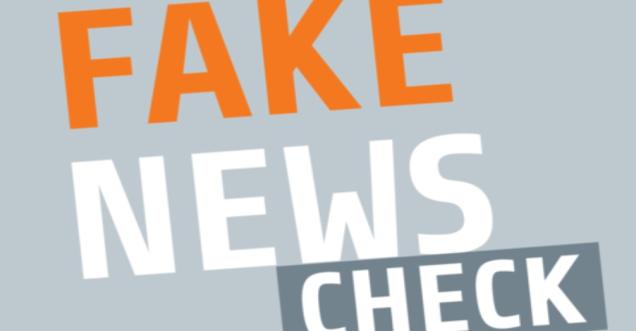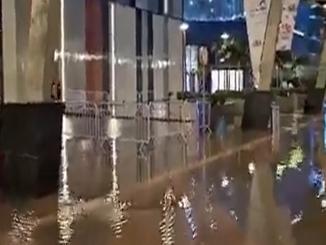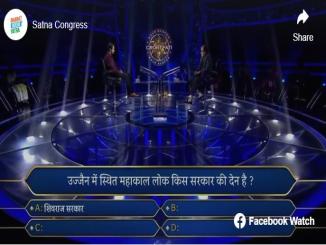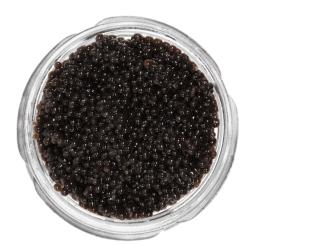
Fact checking and debunking fake news at Ayupp news
Fake news is false or misleading information presented as news. Fake news often has the aim of damaging the reputation of a person or entity or making money through advertising revenue.
There are many different types of fake news, but some of the most common include:
- Fabricated content: This is content that is completely made up, with no basis in reality.
- Misleading content: This is content that is technically true, but is presented in a way that is misleading or deceptive.
- False context: This is content that is true, but is presented in a way that gives it a false meaning.
- Impostor content: This is content that is created by someone pretending to be a legitimate news organization.
- Manipulated content: This is content that has been altered or edited to deceive people.
Fake news can be spread through a variety of channels, including social media, email, and even traditional news outlets. It can be difficult to spot fake news, but there are a few things you can do to protect yourself:
- Be sceptical of headlines and images: If a headline sounds too good to be true, it probably is. And if an image looks like it was taken from a different event, it probably was.
- Check the source: Is the news article from a reputable source, like a major news organization or a government website? If not, be wary of the information.
- Look for evidence: Does the article provide any evidence to support its claims? If not, it's probably not reliable.
- Check for bias: Is the article trying to push a particular agenda? If so, it's important to be aware of that bias when evaluating the information.
- Use a fact-checking website: There are many websites that can help you verify the accuracy of news articles.
- Don't share fake news: If you see something that looks like fake news, don't share it. Sharing fake news only helps to spread it further.
Here are some tips on how to debunk fake news:
- Be skeptical of headlines and images.If a headline sounds too good to be true, it probably is. And if an image looks like it was taken from a different event, it probably was.
- Check the source.Is the news article from a reputable source, like a major news organization or a government website? If not, be wary of the information.
- Look for evidence.Does the article provide any evidence to support its claims? If not, it's probably not reliable.
- Check for bias.Is the article trying to push a particular agenda? If so, it's important to be aware of that bias when evaluating the information.
- Use a fact-checking website.There are many websites that can help you verify the accuracy of news articles.
- Don't share fake news.If you see something that looks like fake news, don't share it. Sharing fake news only helps to spread it further.
Here are some additional tips for debunking fake news on social media:
- Be careful about what you like and share.When you like or share a post, it's like giving it a seal of approval. This can help to spread fake news even further.
- Report fake news.If you see fake news on social media, report it to the platform. This will help to get it taken down.
- Educate others about fake news.Talk to your friends and family about fake news and how to spot it. The more people who are aware of the problem, the harder it will be for fake news to spread.
Fake news is a serious problem, but it's one that we can all help to combat. By following these tips, we can help to ensure that we're only sharing accurate information.
By following these tips, you can help to protect yourself from fake news.



























